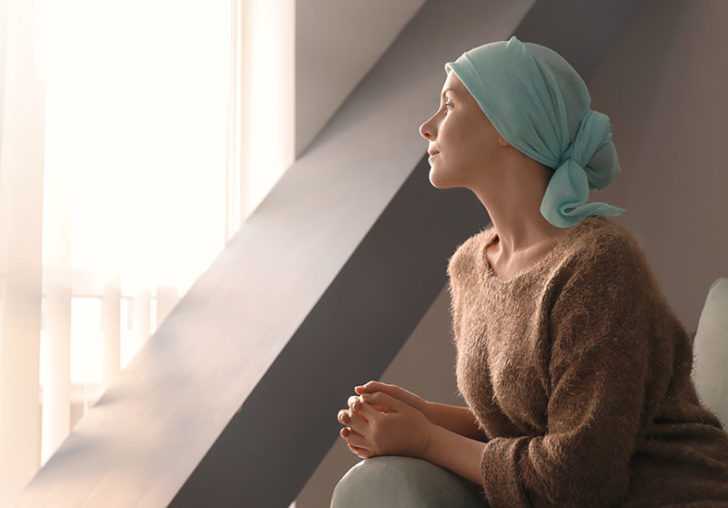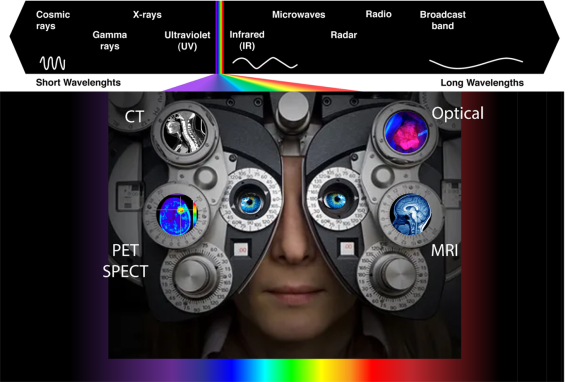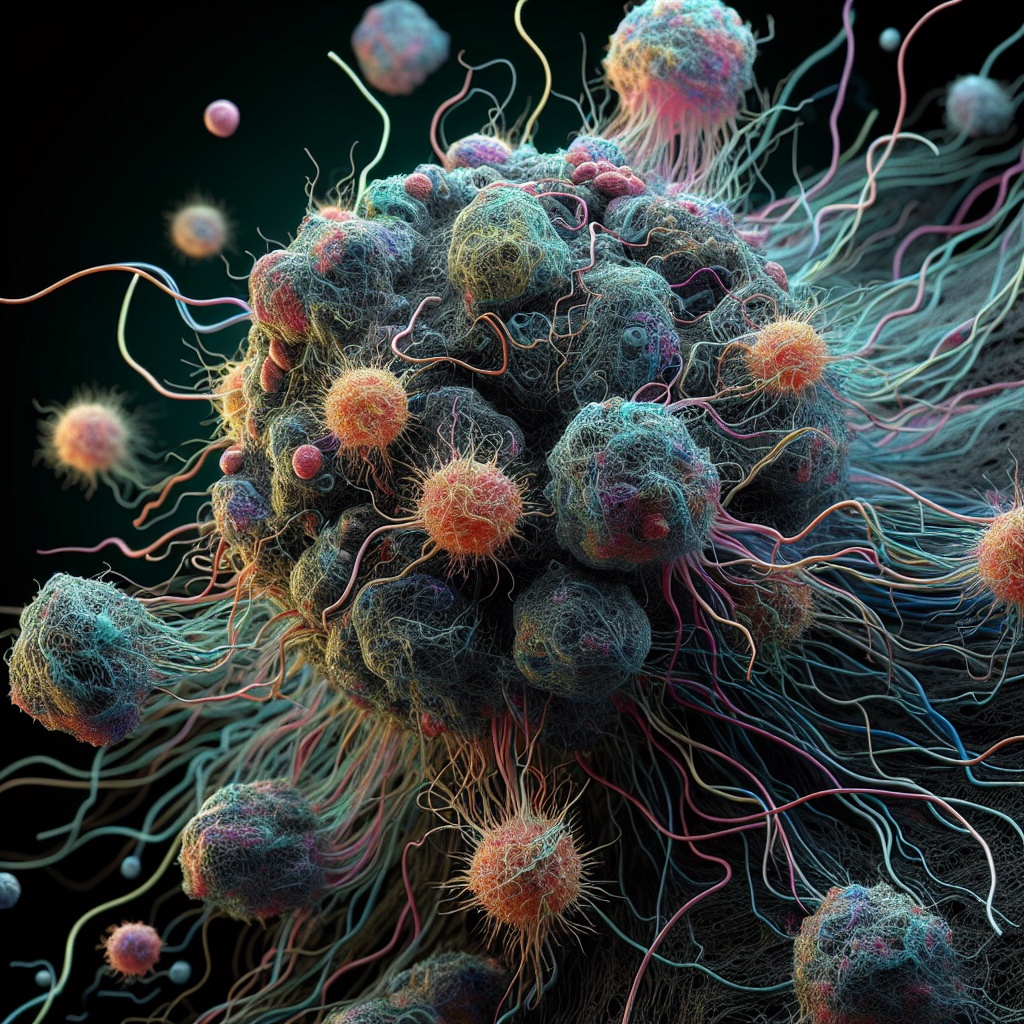A Nigerian Scientist Developed a High-Tech Cancer-Detecting Goggles That Help Surgeons Spot Cancer Cells More Accurately.
Last updated on
In an operating room, every decision carries weight. Surgeons work with skill and focus, yet even the most precise procedures face an unnoticeable challenge: cancer cells too small or subtle for the human eye to detect. A single missed cluster can mean another operation, further recovery, and renewed query for patients and their families.
Across the field of oncology, scientists are exploring ways to give surgeons a clearer view. The goal is to move beyond the limits of sight and operate with unprecedented confidence.
The Surgical Challenge and the Promise of Achilefu’s Goggles
Cancer surgery is a constant battle against what can’t be seen. For every tumor removed, there is an unnoticeable question moping in the operating room: did the surgeon remove all the malignant cells, or have microscopic traces been left behind? Despite advances in preoperative imaging and intraoperative assessment, surgeons still face one of oncology’s most continuing dilemmas which is differentiating cancerous tissue from healthy tissue at the edges of a tumor. This query frequently forces them to remove extra tissue around the tumor, yet residual cells can remain undetected. The impact is significant. In breast-conserving surgery, for illustration, studies have shown that 10 to 50% of patients require a second operation to clear positive margins where cancer cells were left behind. These repeat surgeries protract recovery, increase healthcare costs, and heighten emotional stress for patients and their families.

The hunt for a solution has driven a new era of intraoperative imaging and fluorescence-guided surgery (FGS) has surfaced as one of the most promising approaches. FGS relies on a fluorescent dye that widely binds to tumor tissue and emits a signal under near-infrared light, revealing cancer cells that would otherwise be unnoticeable to the human eye. In the operating room, this is akin to turning on a hidden layer of vision, allowing surgeons to trace the true parameters of a tumor in real time. Traditional FGS systems, however, present several limitations. They frequently involve big camera towers and external monitors that require the surgeon to look away from the operative field. Some systems demand multiple operators and significant institutional investment, making them impractical for many hospitals, especially in low- and middle-income regions.
This is where the innovation of cancer-detecting goggles represents a leap forward. Rather than forcing surgeons to divide their attention between the patient and a screen, the goggles project the fluorescent signal directly into the surgeon’s field of vision, incorporating natural sight with an augmented reality overlay. In effect, the technology transforms the way surgeons perceive the operative field as it makes a precise map of where cancer ends and healthy tissue begins without breaking the rhythm of the surgery. Early laboratory and preclinical studies have shown that this approach can reveal sub-millimeter nodules and accurately highlight tumor margins that might otherwise have gone unnoticed. Initial human trials have mirrored this promise, with the goggles accurately flagging tumor boundaries that were later confirmed by histopathology. https://www.youtube.com/watch?v=omEUMW_VfQI
The early results suggest more than just technological novelty, given that they point to a fundamental change in surgical oncology. By giving surgeons the capability to see what the eye cannot, the goggles have the eventuality to reduce the burden of repeat surgeries, ameliorate patient outcomes, and streamline operative workflows. And unlike the large and expensive imaging platforms that dominate many high-resource hospitals, this new approach is deliberately designed to be compact, wearable, and far more affordable. While large-scale clinical validation is still needed, these goggles represent a compelling vision for the future of cancer surgery: one where precision is enhanced not by more radical resection but by a clearer view of the disease itself.
Meet Dr. Samuel Achilefu
Behind the invention of the cancer‑detecting goggles is a story of perseverance and vision. Dr. Samuel Achilefu, now the Michel M. Ter‑Pogossian Professor of Radiology at Washington University School of Medicine, grew up in northern Nigeria during a turbulent period in the 1960s. When the Nigerian civil war broke out in 1967, his family was forced to flee from the north to their ancestral home in the east. He was only a young boy but the experience of unforeseen relegation left an unforgettable mark on him. “You just wondered why you went from having everything to having almost nothing,” Achilefu recalled in an interview with Siteman Cancer Center.

The war years taught him adaptbaility, resourcefulness, and the value of community. Living in a crowded home with relatives, he learned to acclimatize quickly, making his own toys and watching neighbors craft baskets and tools out of nearly nothing. “…if there is a silver lining at all, the civil war provided me the opportunity to live in a village setting for three years, appreciate the opportunities I have today, and realize that nothing is permanent,” he said. That understanding of impermanence and possibility would shape his outlook on science and invention.
Achilefu’s academic path was as determined as his childhood was disrupted. After college in Nigeria, he earned a French government scholarship to pursue a PhD in molecular and materials chemistry at the University of Nancy in France. Postdoctoral research at Oxford University followed where he concentrated on the interface of chemistry and hematology while working on the development of blood substitutes. His early career in industry which includes work with Mallinckrodt Medical Inc. also allowed him to bridge the gap between scientific discovery and practical application. Truly, this is an experience that would latterly inform the translation of his laboratory work into life‑changing clinical tools.
The inspiration for his cancer‑detecting goggles came from a combination of scientific curiosity and an ability to draw insights from unexpected places. Achilefu has cited the tracer systems used in military missile technology as one of the sparks that led him to consider how invisible signals could be harnessed to track cancer in the human body. His approach to research is systematic yet expansive. “I approach scientific problems by framing them into testable hypotheses,” he explained. “Then I explore different approaches to solve the problem. If additional expertise is needed, I search for the best collaborators to fill the gap.”
Yet his vision extends beyond the laboratory and the operating room. Achilefu remains deeply committed to education and global talent development. He has spoken about his hope to give opportunities for bright young students in underserved regions, reflecting on the gifted children he knew in Nigeria who never had the chance to reach their potential. “…Can you imagine what the world would look like if they had the opportunity to fulfill their dreams?” he asked. He envisions establishing an institute for global invention that identifies and supports promising young talent in low‑resource areas, allowing them to pursue education and contribute to scientific discovery.
How the Goggles Work and Early Clinical Results
The cancer‑detecting goggles function through fluorescence‑guided surgery (FGS) combined with augmented reality. Before surgery, patients receive a near‑infrared fluorescent dye that binds widely to cancer cells. When illuminated, these tagged cells emit a signal unnoticeable to the naked eye but detected by the goggles’ optical sensors. The device overlays this signal directly to the surgeon’s natural view which allows malignant tissue to appear as a distinct gleam in real time.
Unlike traditional FGS systems that bear large camera towers and external monitors, this wearable platform projects the fluorescence directly into the operative field that enables uninterrupted surgical focus. Its compact design, known as FAR‑Pi (Fluorescence Imaging Augmented Reality Raspberry Pi), relies on lightweight components and open‑source hardware which makes it more practical and potentially accessible for hospitals with limited resources.

Early studies have shown encouraging results. In preclinical experiments, the goggles successfully highlighted sub‑millimeter tumor nodules that were not visible under standard lighting. A pilot clinical trial in breast cancer surgery confirmed that the system could accurately predict tumor margin status, which histopathology later verified. The technology has also been tested in melanoma and sentinel lymph node mapping, demonstrating precise detection of cancerous tissue in live surgical conditions.
A Clearer Vision for Cancer Surgery
The development of cancer‑detecting goggles represents more than a specialized milestone. It is a profound step toward making cancer surgery safer, more precise, and more humane. By turning unnoticeable cancer cells into visible targets, this innovation addresses one of the most stubborn challenges in surgical oncology and offers the possibility of reducing repeat operations that weigh heavily on patients and healthcare systems likewise.
At the heart of this breakthrough is Dr. Samuel Achilefu’s vision that scientific imagination can bridge the gap between human limitation and life‑saving precision. His work demonstrates how creativity, persistence, and a commitment to global accessibility can transform an idea born in a laboratory into a tool that changes lives in operating rooms around the world.

While large clinical trials and nonsupervisory steps still lie ahead, the promise is unmistakable. These goggles are more than a device. They’re a window into the future of surgery where knowledge and innovation meet to give patients a better chance at healing and a brighter horizon after cancer.
Featured Image from UT Southwestern Research Labs
Some of the links I post on this site are affiliate links. If you go through them to make a purchase, I will earn a small commission (at no additional cost to you). However, note that I’m recommending these products because of their quality and that I have good experience using them, not because of the commission to be made.
































 JOIN OVER
JOIN OVER
Comments